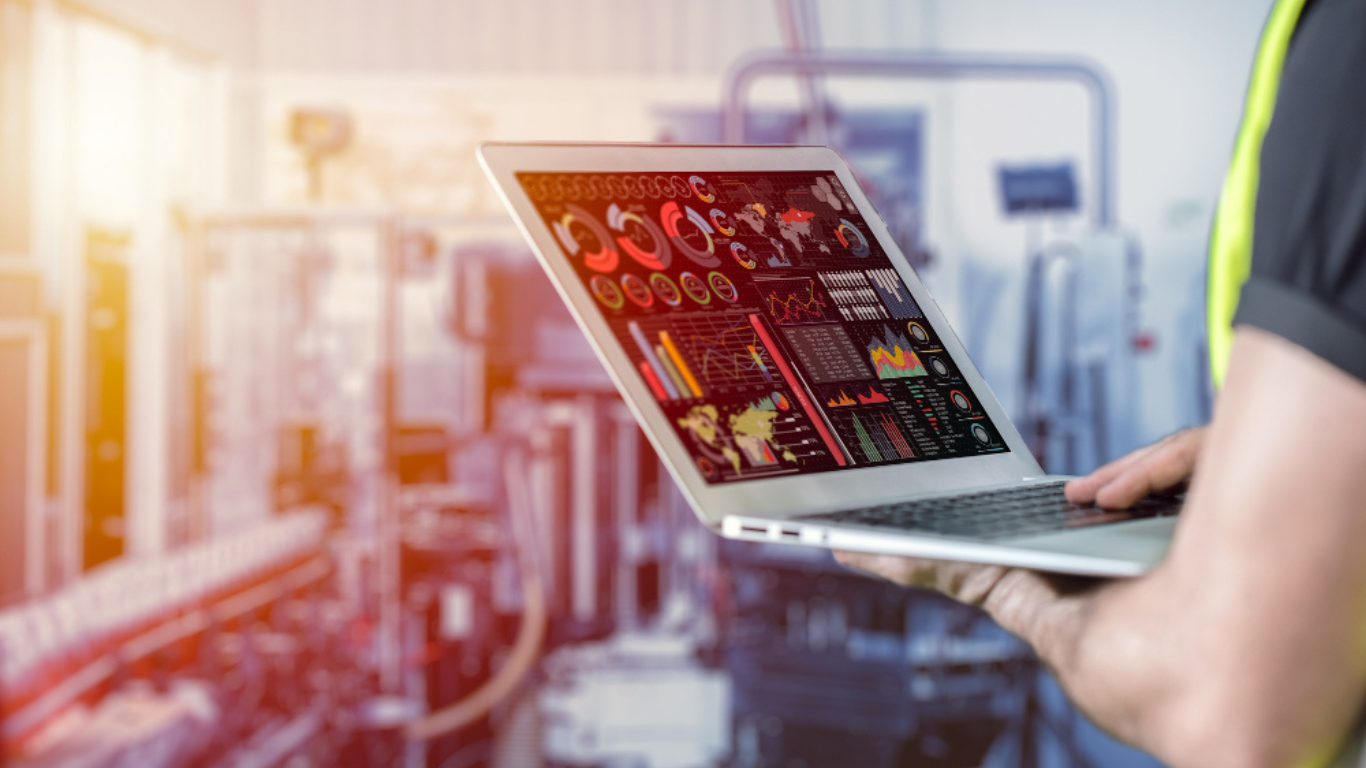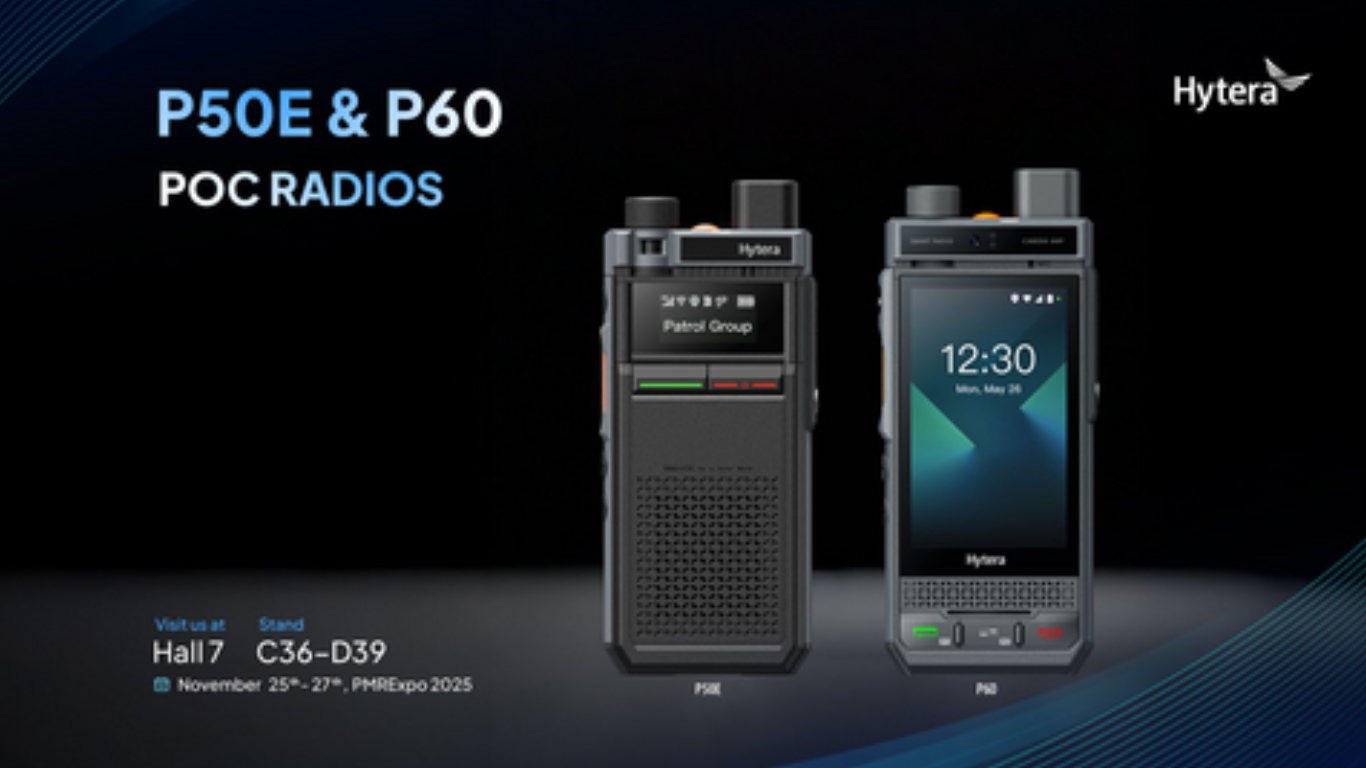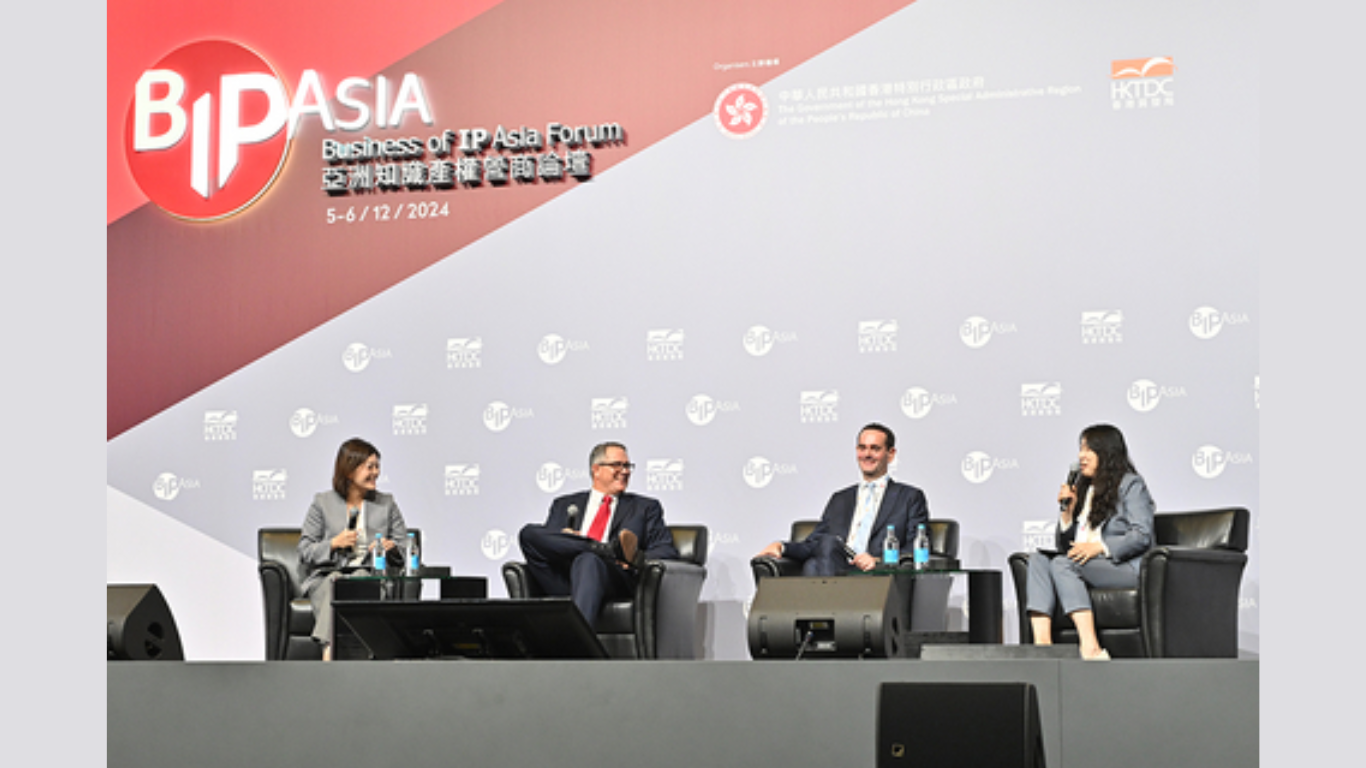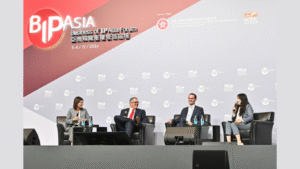In modern manufacturing, extreme temperatures are often the rule rather than the exception. From metal processing and glass production to the aerospace and chemical industries, operating conditions can reach well beyond the limits of standard materials and equipment. In such environments, specialized high-temperature industrial solutions are not just helpful. They are essential.
Understanding high-temperature environments
High-temperature industrial processes typically involve continuous exposure to temperatures above 500 °C, with some applications reaching over 2000 °C. These environments pose unique challenges, including rapid material degradation, loss of structural integrity, and decreased measurement accuracy. Selecting the right materials and components is critical for ensuring safety, efficiency, and long-term performance.
Key components in these settings include thermocouples, heating elements, protective sheaths, high-performance insulation, and temperature control systems. These technologies must not only withstand extreme heat but also provide consistent and reliable performance under highly variable conditions.
Material science at the core
The backbone of any high-temperature solution lies in advanced material science. Metals such as platinum, molybdenum, tungsten and nickel alloys are commonly used for their heat-resistant properties. Ceramic materials also play a vital role due to their low thermal conductivity and high structural integrity under stress.
In recent years, innovations in composite materials have further expanded the capabilities of high-temperature applications. These advancements enable manufacturers to push their processes to new levels of precision, speed, and efficiency.
Precision in measurement and control
Accurate measurement and control in high-temperature environments is a constant challenge. Traditional sensors often fail or drift over time when exposed to extreme conditions. Thermocouples, especially those made with noble metals or protected by ceramic sheaths, have become the industry standard for these applications.
Precise temperature monitoring ensures consistent product quality and protects sensitive equipment from overheating or thermal fatigue. When paired with robust data acquisition and automation systems, manufacturers gain a deeper understanding of their process, enabling continuous improvement and reducing downtime.
The role of trusted suppliers
In such demanding applications, quality and reliability are non-negotiable. Engineers and procurement managers rely on trusted suppliers who specialize in high-temperature technologies and understand the complexity of industrial processes. Companies like Kamet Trading stand out by offering technical expertise and support tailored to individual applications.
Future-proofing industrial processes
The demand for high-temperature industrial solutions will only grow as industries pursue higher performance, tighter tolerances, and more sustainable practices. With cutting-edge materials, precision engineering, and expert support from partners, manufacturers are better equipped than ever to meet the challenges of heat-intensive operations. As technology advances, the line between durability, efficiency, and innovation continues to blur.
Conclusion:
Innovations in high-temperature industrial solutions are revolutionizing the way industries approach efficiency, safety, and sustainability. With advancements in materials science, automation, and thermal management, businesses can now operate at extreme temperatures with greater reliability and lower energy consumption. These cutting-edge technologies not only enhance performance and durability but also contribute to reducing environmental impact. As industries continue to evolve, embracing these innovations will be key to staying competitive and meeting the growing demands of modern manufacturing and production environments.
Article received in the mail






























